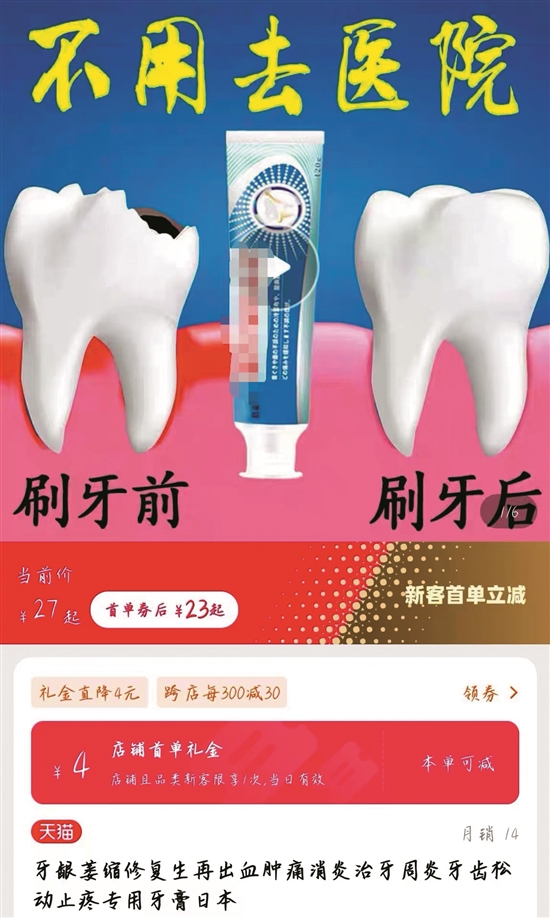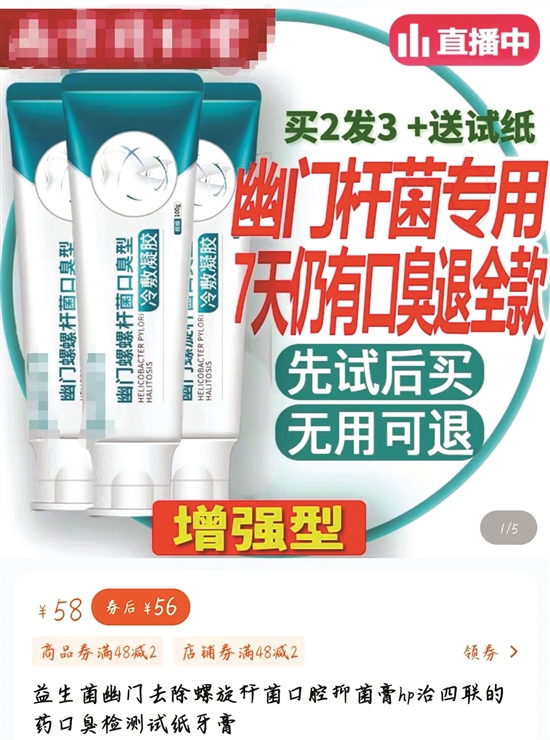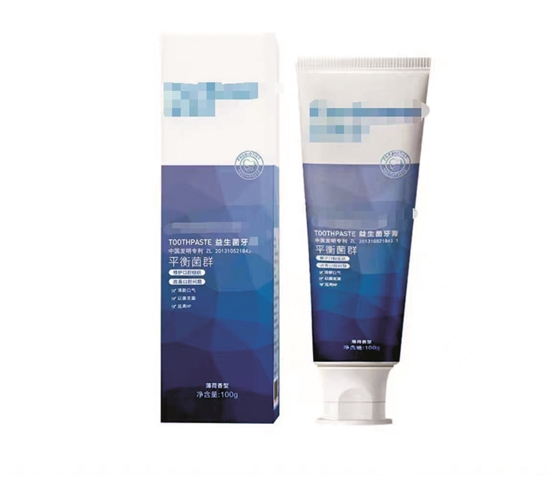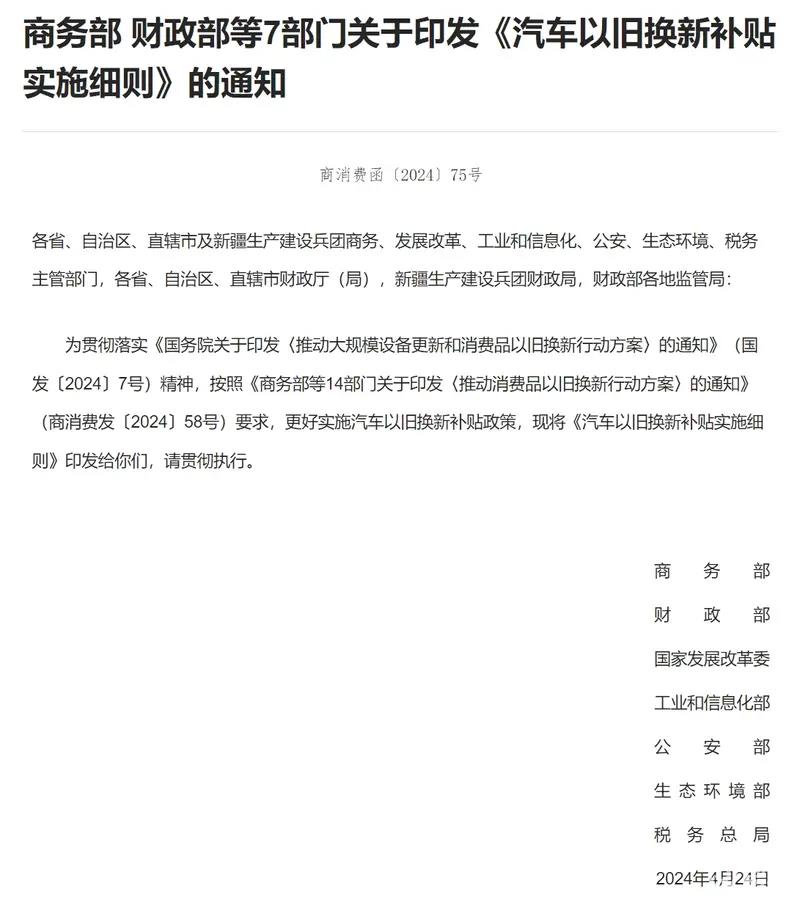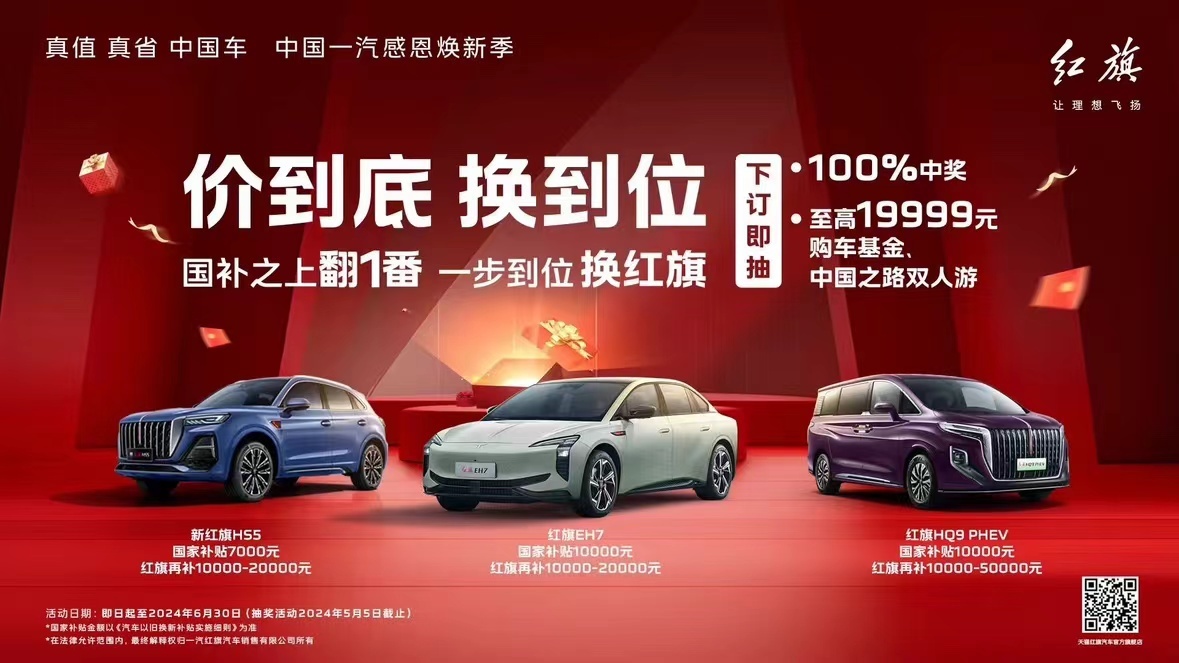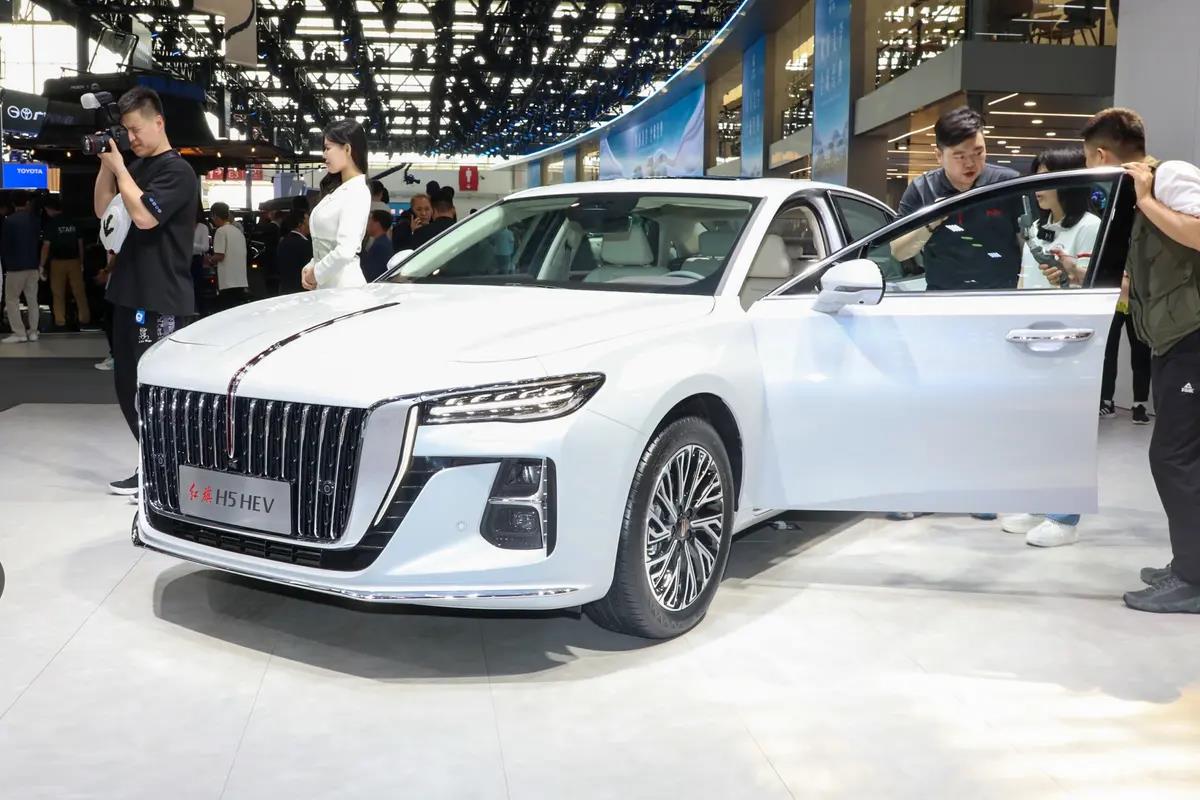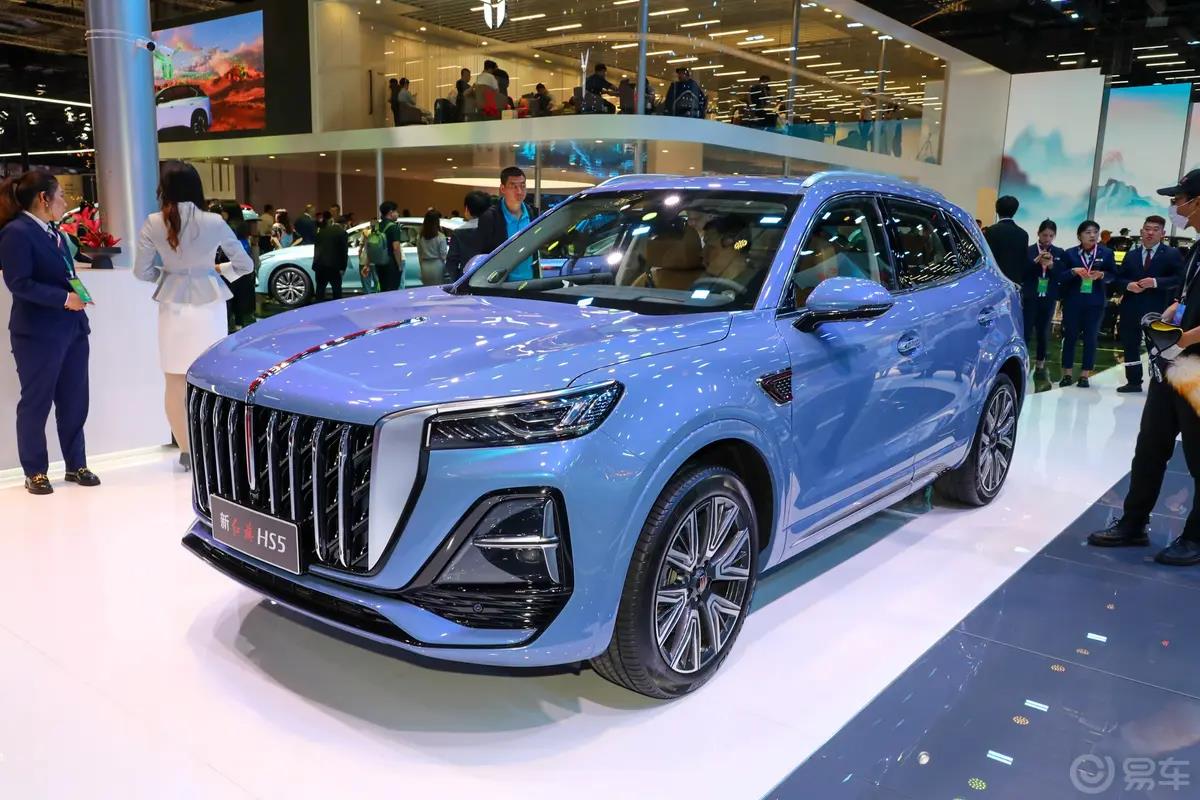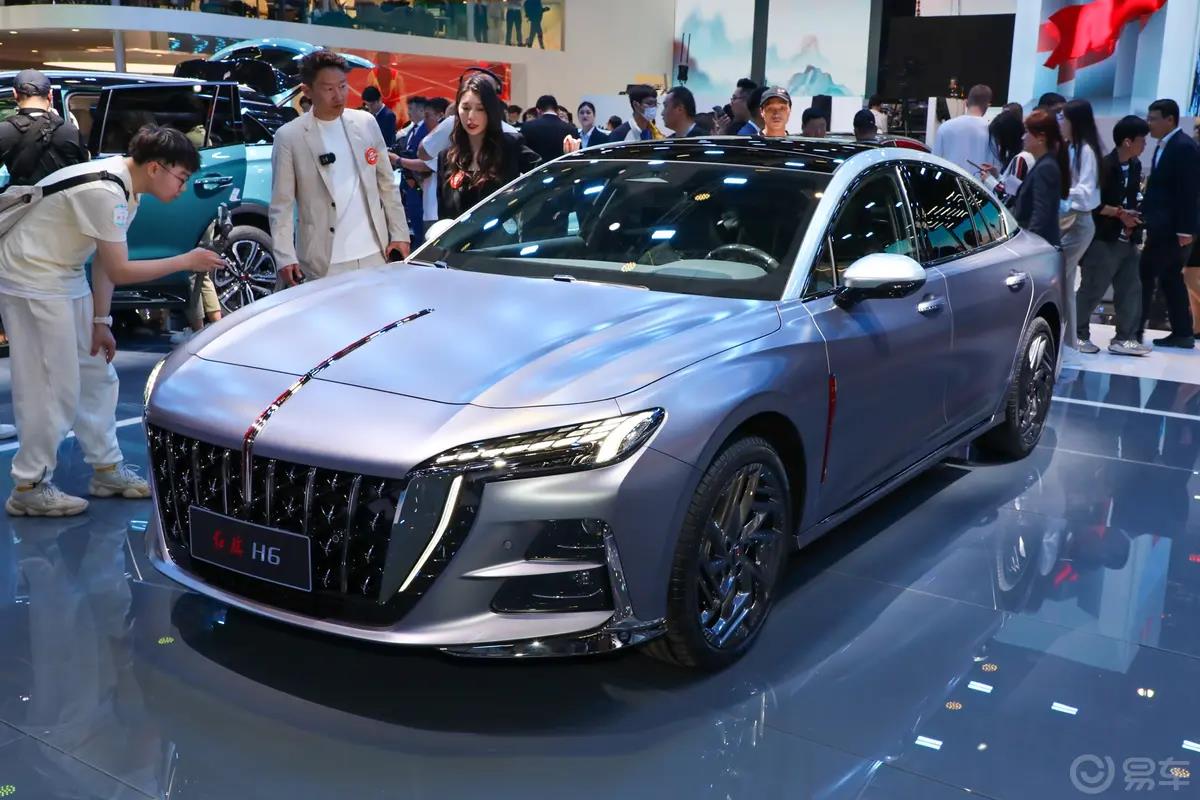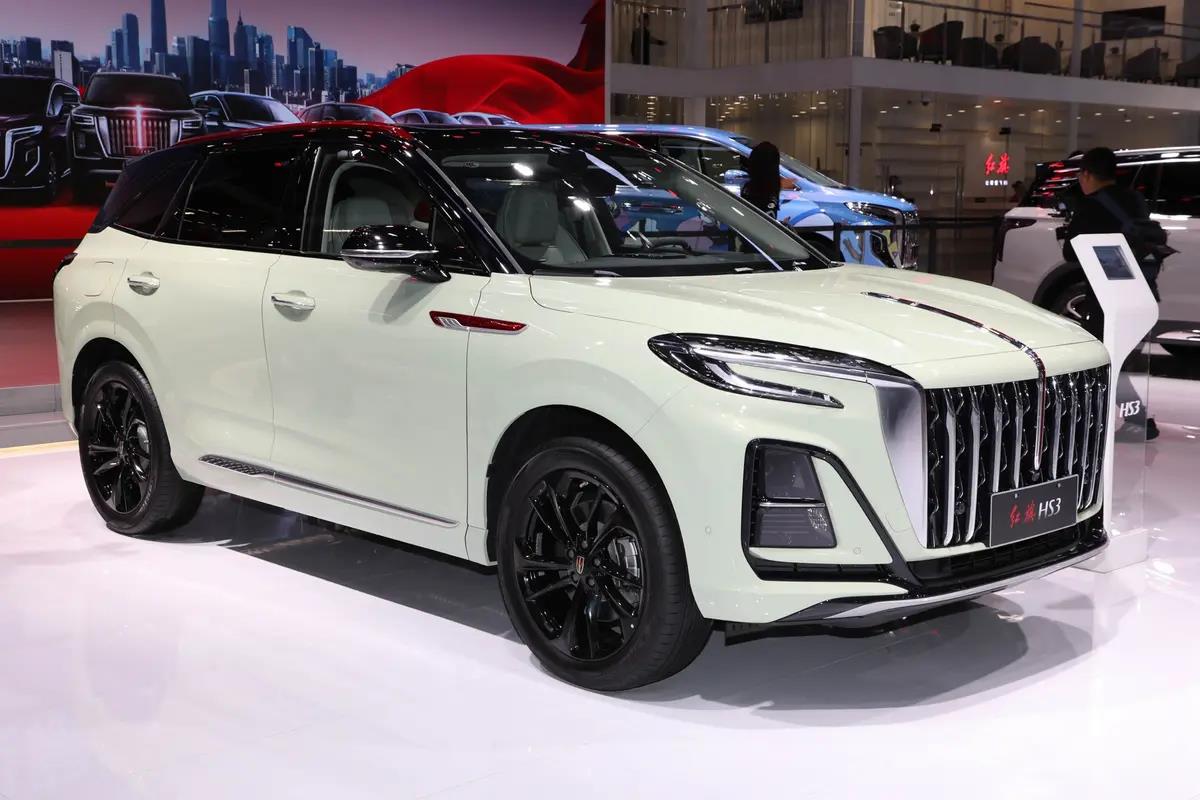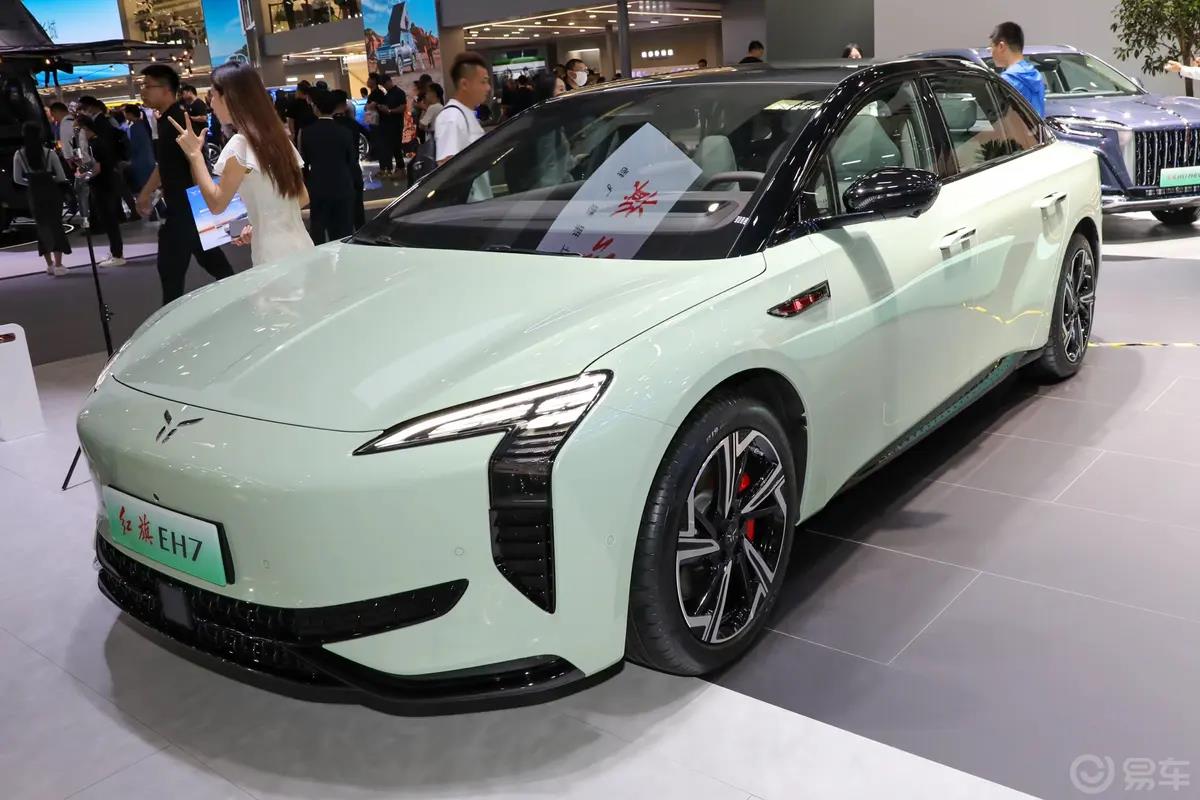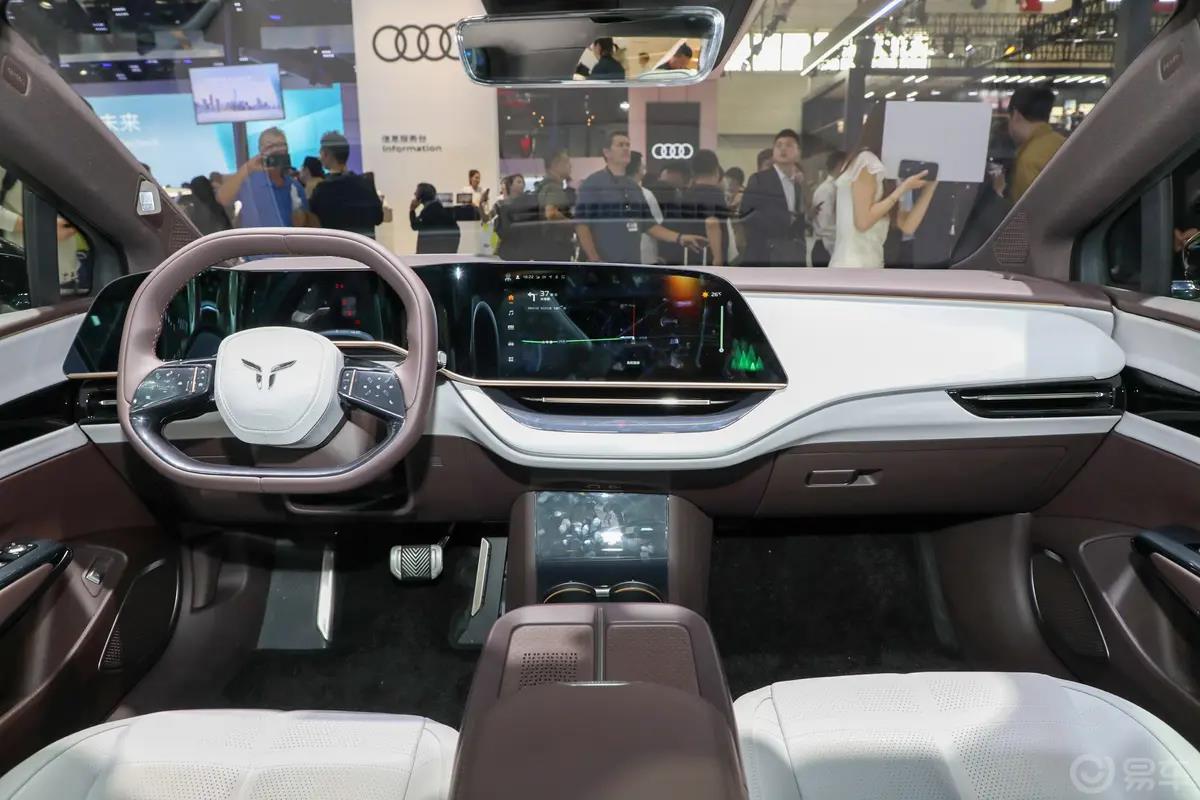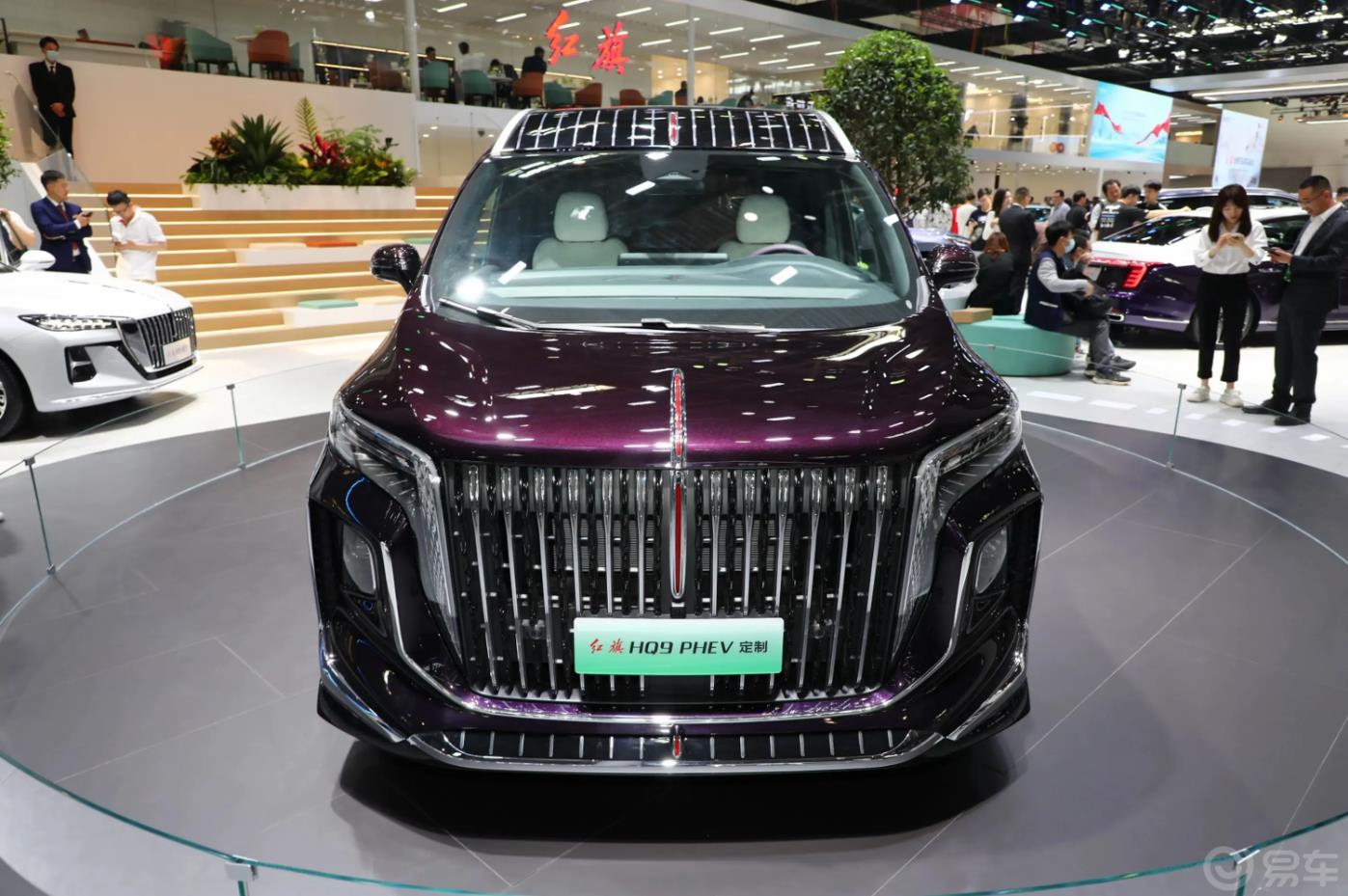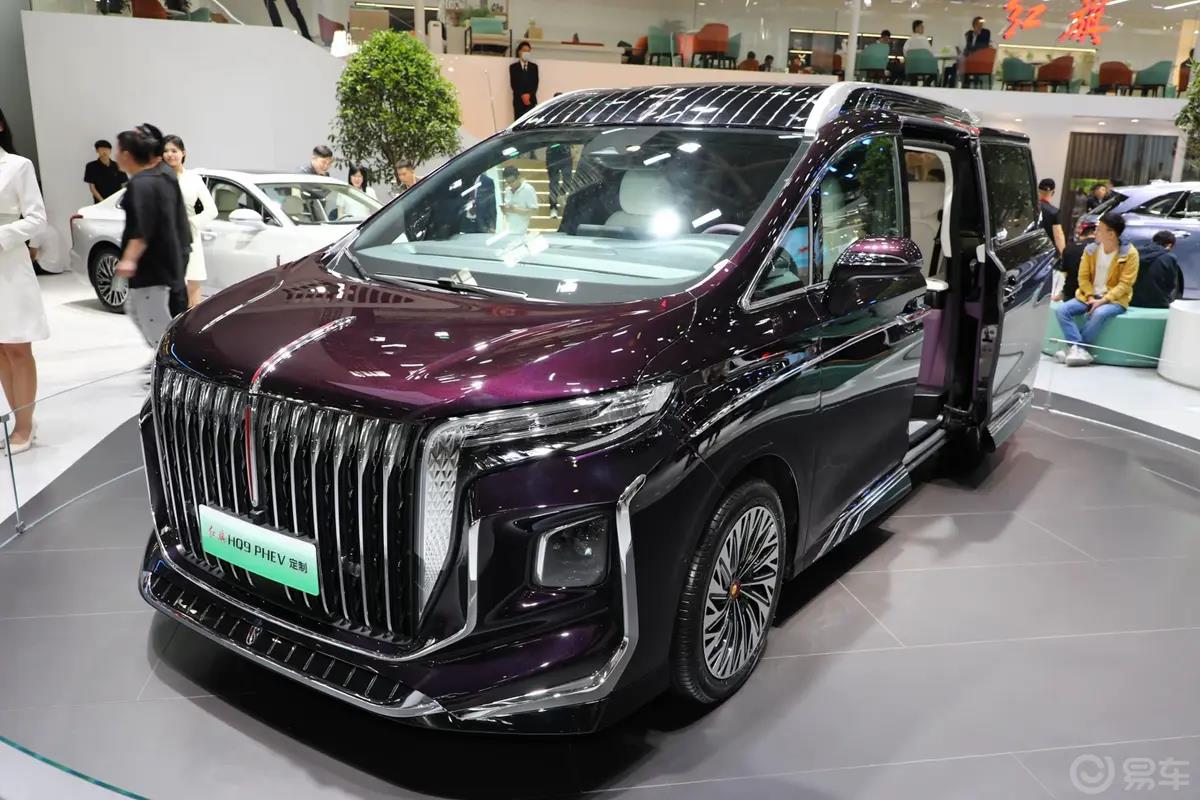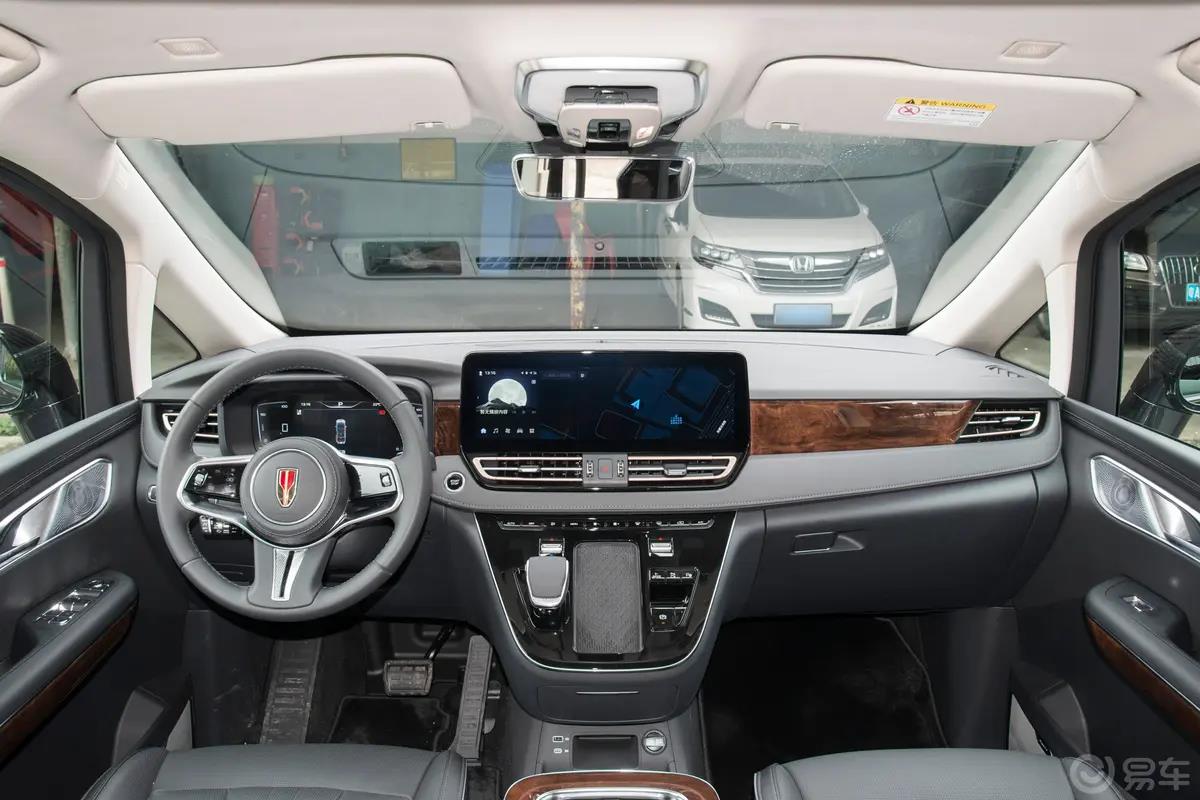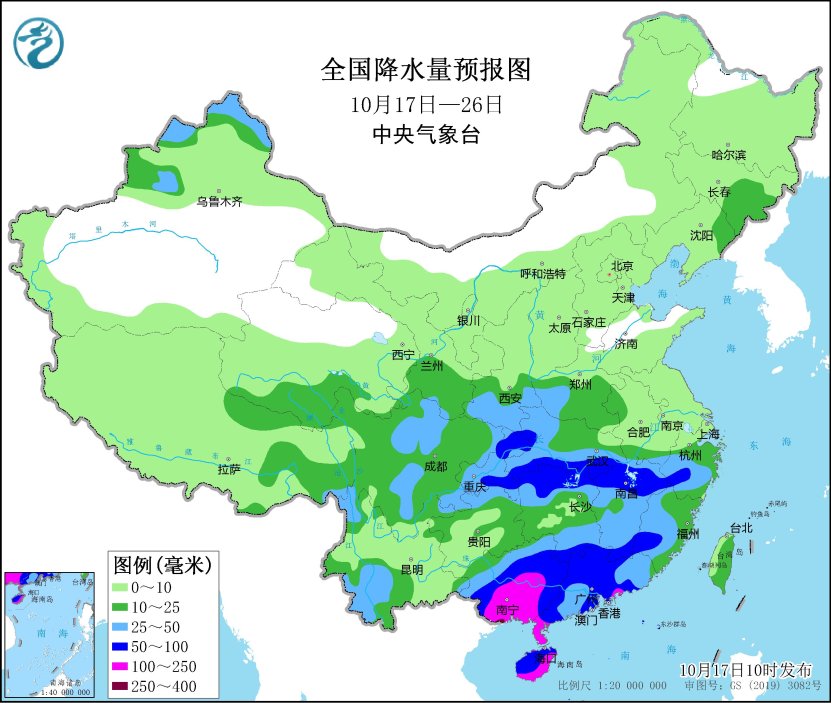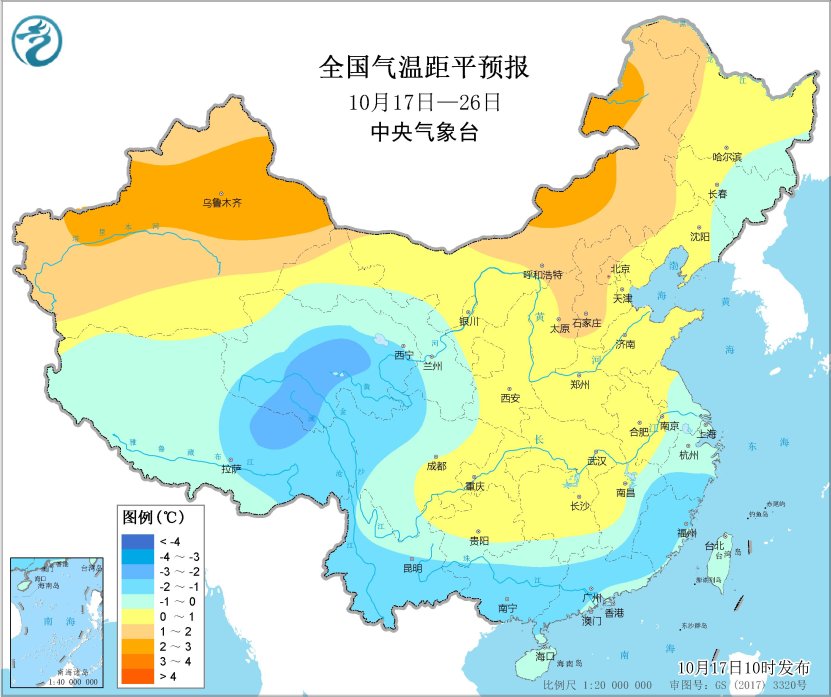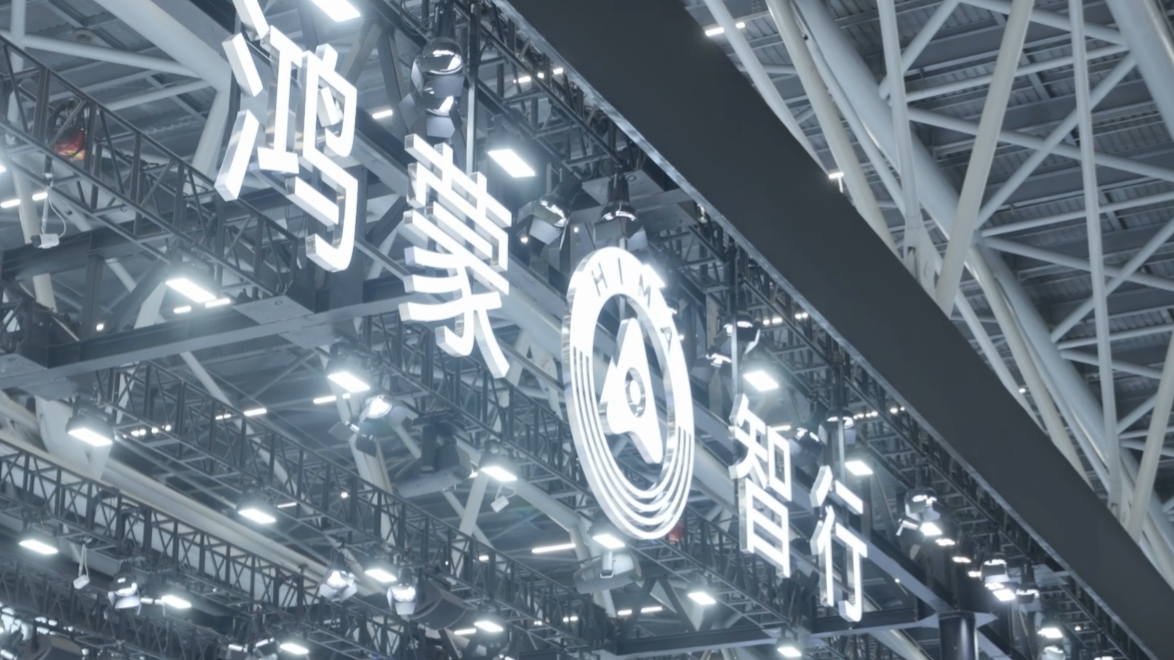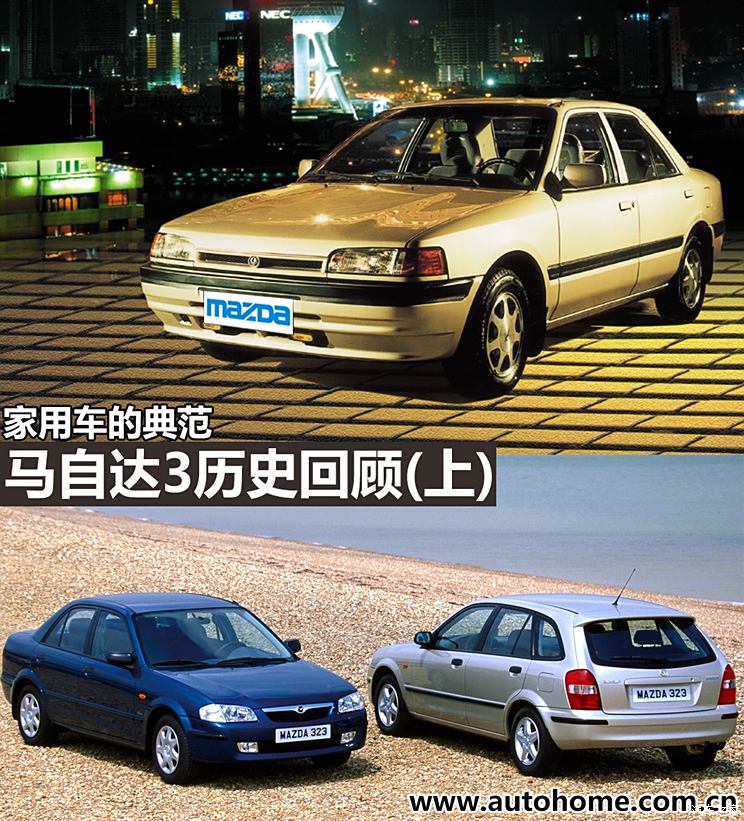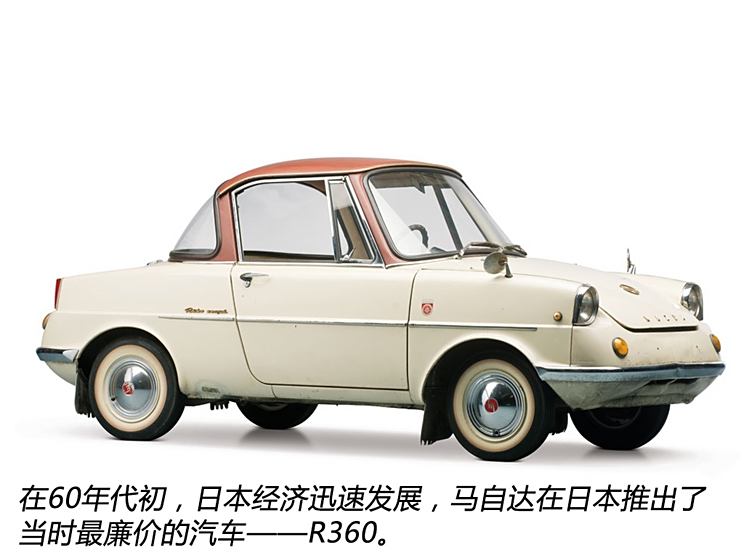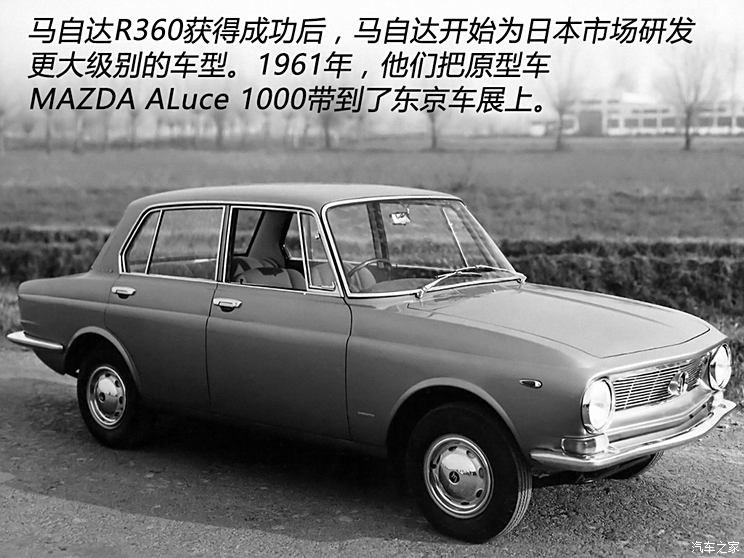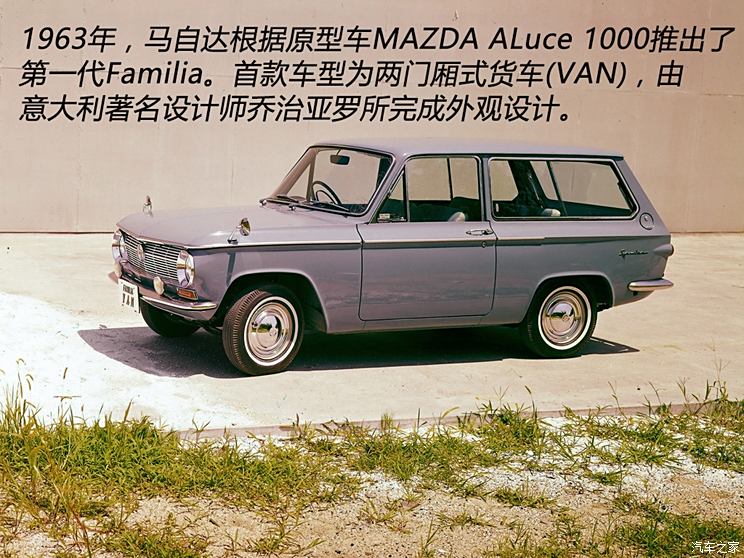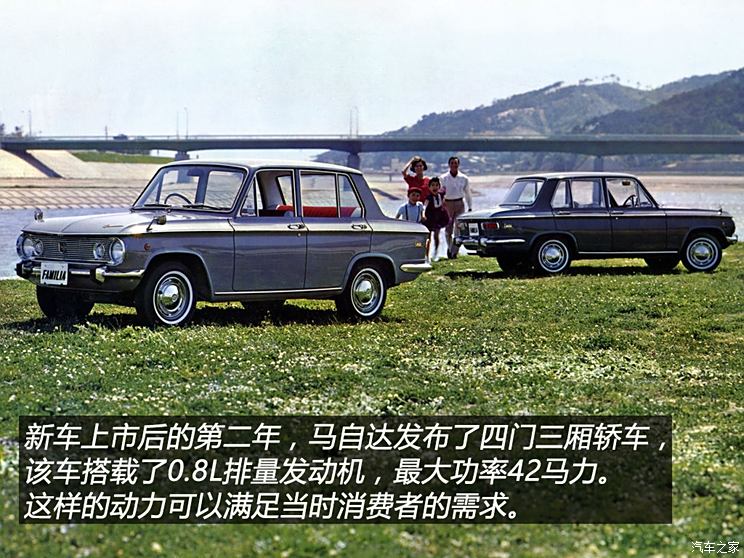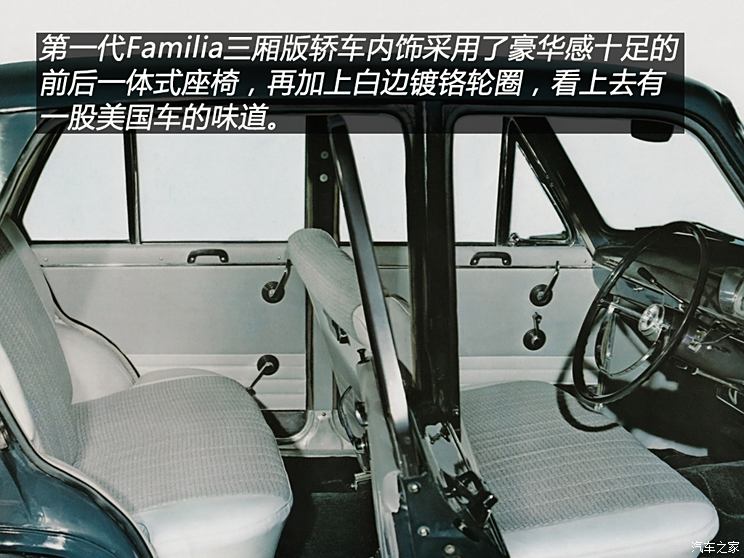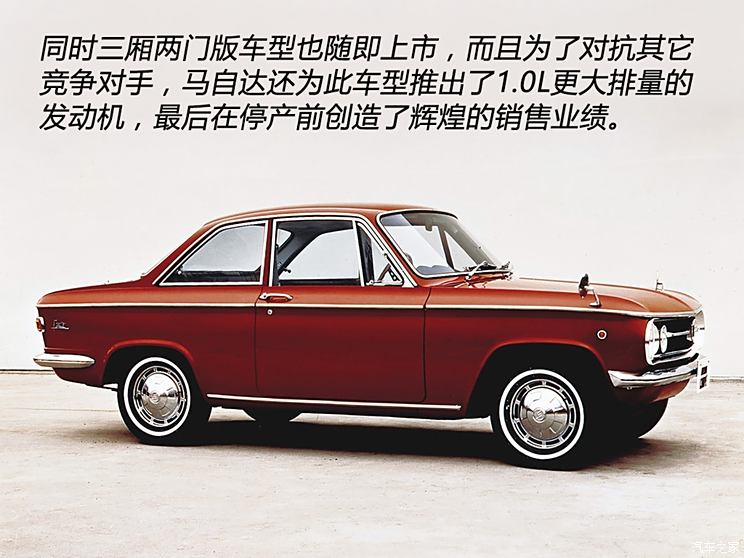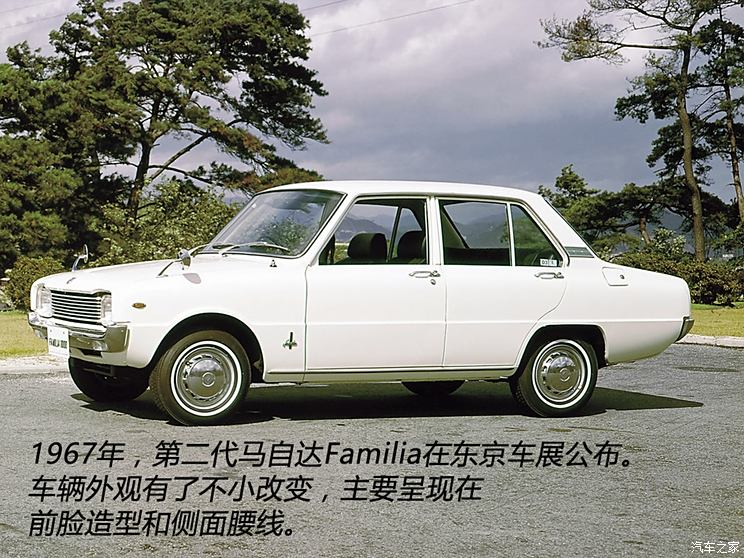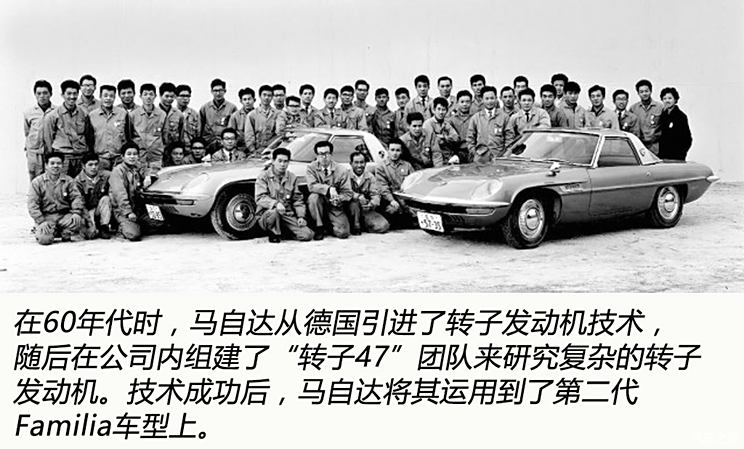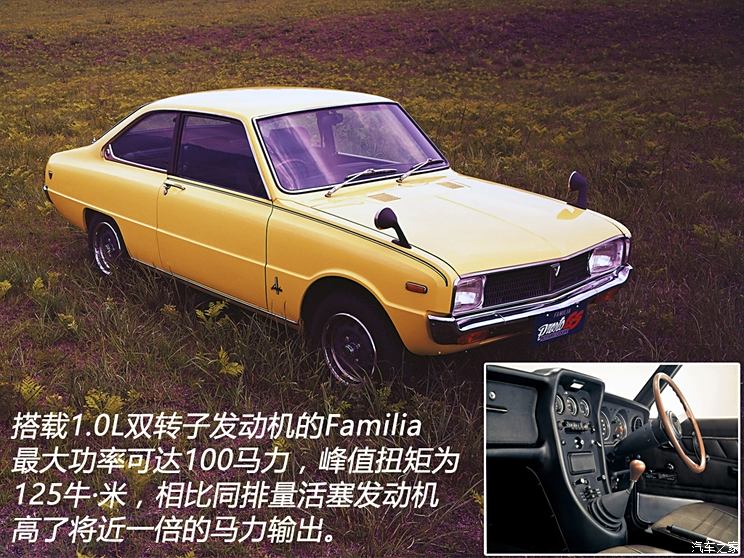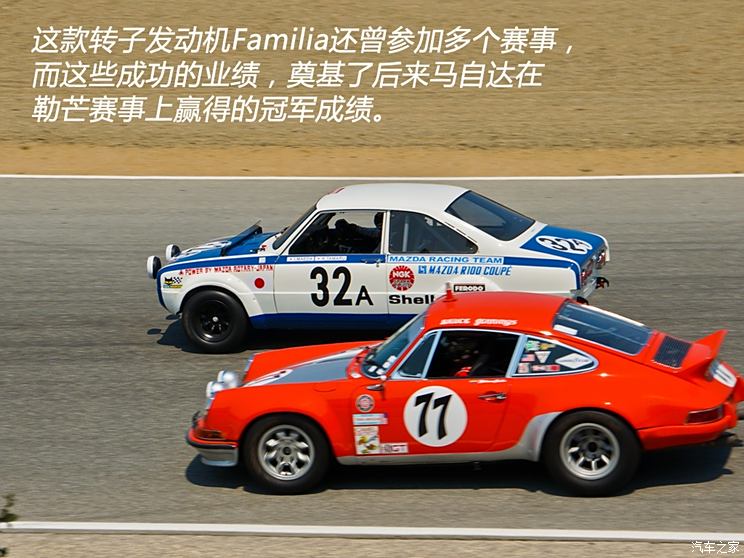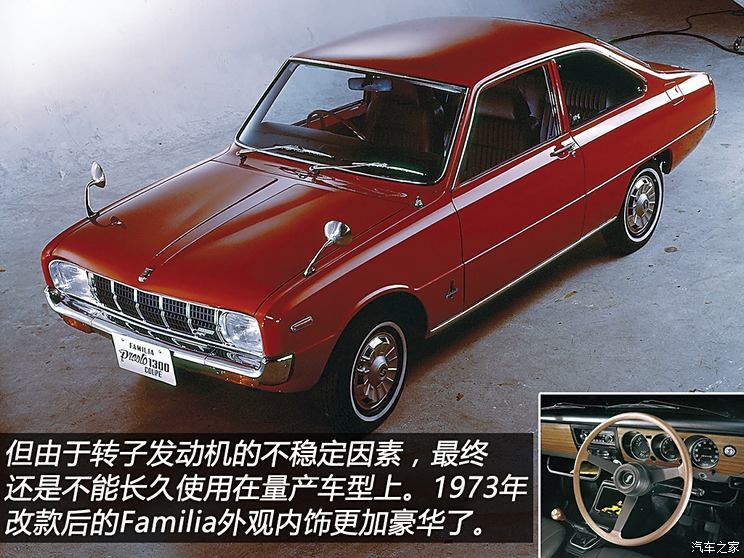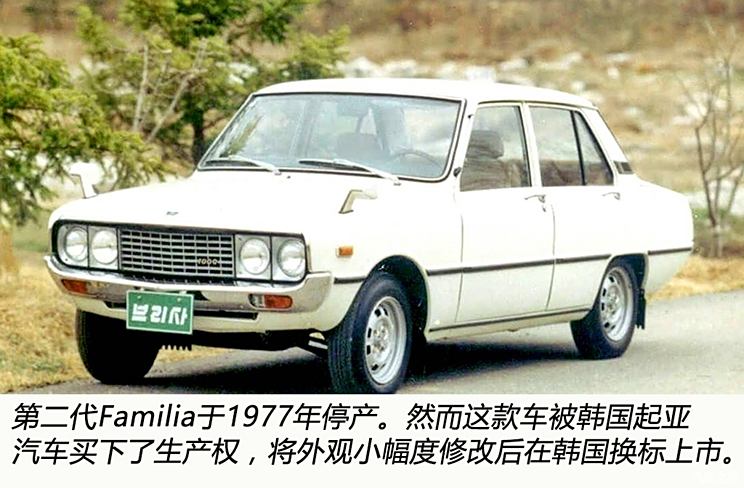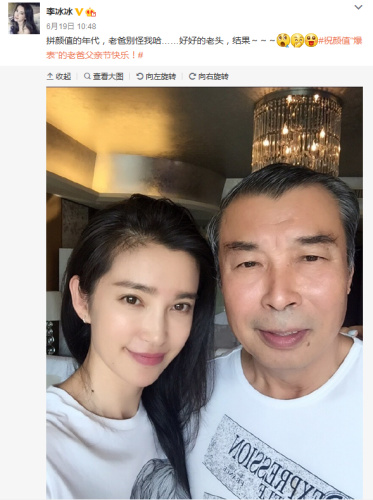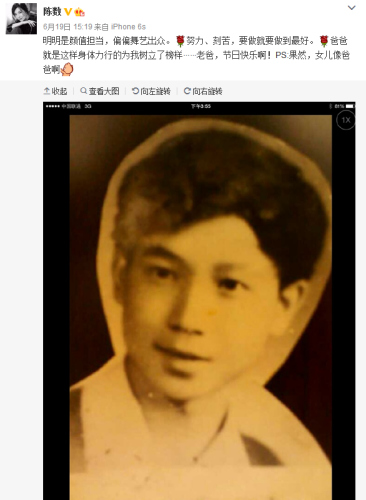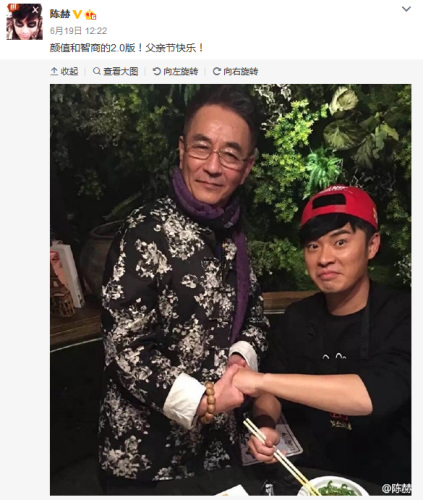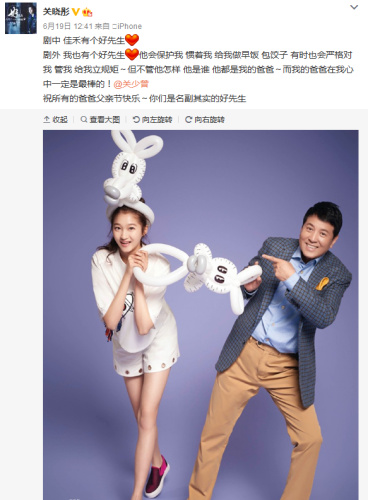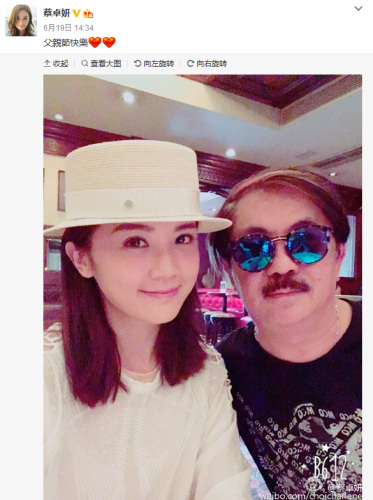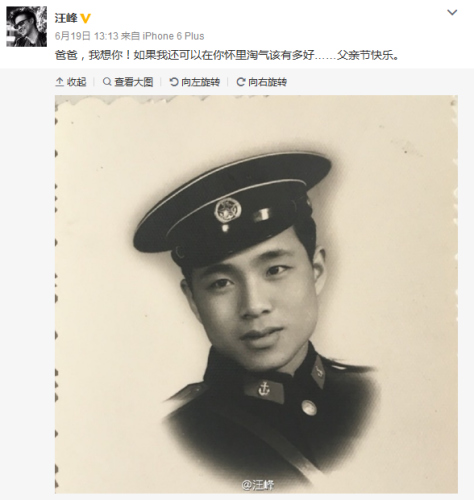The financial report of listed supermarkets is not optimistic, and the "store closing tide" is still spreading. How can brands save themselves?
Recently, the latest financial report released by RT Mart’s parent company Gaoxin Retail Co., Ltd. (06808.HK, Gaoxin Retail) shows that as of the first quarter of 2024, the company achieved revenue of 72.567 billion yuan in the latest fiscal year, down 13.3% year-on-year; During the year, the loss was 1.668 billion yuan, compared with the profit of 78 million yuan in the same period of last year. The loss was mainly caused by the impairment of the right to use assets, fixed assets and goodwill of negative cash flow stores, closed stores and stores to be closed.
It is understood that the main revenue sources of Gaoxin Retail are sales of goods, membership fees and rental income, among which the revenue from selling products through offline stores and online channels accounts for more than 95% of the total revenue. With the advent of the post-epidemic era, the supply guarantee business has contracted rapidly; On the other hand, consumption habits and market demand are constantly changing, consumers are gradually returning to rationality, and "hoarding goods" has become a thing of the past. "Although the offline passenger flow has picked up slightly, the decline in average passenger orders has led to a decline in the high number of offline revenues." The company said frankly in the financial report. With the shrinkage of stores, the number of members and tenants continues to decrease, and the income further declines.
Judging from the recent annual report and quarterly report published by various supermarket enterprises, the above problems are not the sufferings of Gaoxin Retail.
Declining performance and frequent store closures.
In 2023, 9 of the 13 supermarket listed companies experienced a decline in revenue, and more than half of them suffered losses, of which () they have suffered losses for three consecutive years, and Lianhua Supermarket’s net profit returned to its mother dropped sharply, with a drop of 273.71%. In the first quarter of 2024, the number of enterprises with declining revenue increased, while the net profit of () and China Shunkelong decreased by 619.18% and 125% respectively, making the life of traditional supermarkets more and more difficult.
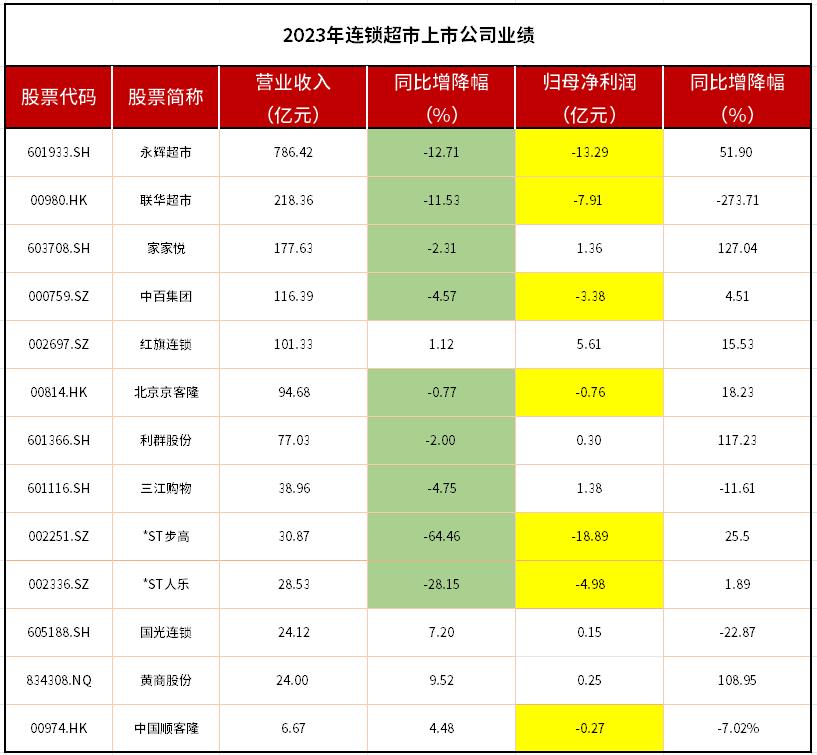
In the current consumption environment, it is an indisputable fact that the traditional supermarket model no longer has obvious competitive advantages. In 2023, despite the gradual recovery of the national consumption environment, the overall performance of the FMCG market was poor, with the total omni-channel retail sales down by 0.5% compared with the previous year, and the retail sales in the offline market down by 3.6% compared with the previous year. It is worth noting that in 2023, the retail sales of department stores, convenience stores, specialty store and brand specialty stores in retail units above designated size increased by 8.8%, 7.5%, 4.9% and 4.5% respectively over the previous year, and only the retail sales of supermarkets decreased by 0.4% over the previous year. From 2020 to 2022, the total revenue of listed companies in Toushang Supermarket continued to decline.
Affected by the weak recovery of terminal consumption, the supermarket "closing tide" is still spreading. Take CR Vanguard as an example. Since its inception in 2024, the brand has closed more than 10 stores nationwide, including its high-end brand "Wanjia City" and boutique brand "Blt". From 2020 to 2022, CR Vanguard, as the industry’s leading brand, has closed more than 100 stores in succession, and this 40th anniversary enterprise has once again reached a crossroads.
Traditional supermarket brands such as Wal-Mart, Carrefour, RT Mart, Lianhua and Wumart have not been spared. According to incomplete business statistics, in the first quarter of 2024, about 1,200 supermarkets in China announced the closure of their stores, and the above brands were among them.
According to the research report of China Chain Store & Franchise Association, the traditional supermarket enterprises are facing three core challenges: the continuous loss of customers who arrive at the store, the gradual lack of commodity difference competition and the increasing operating cost of the store. Among them, the most significant change is that the characteristics of customer differentiation are becoming more and more prominent, and the younger generation of consumers have higher awareness and recognition of new brands such as Boxma Xiansheng; At the same time, the differentiation of products and channels in traditional supermarkets has narrowed significantly. "Promotion", "discount" and "membership price", including last year’s lively "moving mountains" and "tug-of-war", are essentially "price wars" for homogenized products. However, in the face of the strong industrial chain advantages of membership-based warehouse supermarket giants such as Sam and Kaikouke, the operating costs of traditional supermarkets are getting higher and higher, and their price advantages are not outstanding.
Under siege, traditional supermarkets are also actively looking for new ideas to solve problems.
Idea 1: Adjustment and optimization
At the beginning of May, the news about Henan Pangdonglai Trading Group’s "rescue" of Yonghui Supermarket Co., Ltd. (601933.SH, Yonghui Supermarket) triggered a heated public debate. As the "hand of God" of Shangchao and the helm of Fat East, can Yu Donglai really help Yonghui, which has been troubled by the decline in performance for a long time? The answer will be announced in June.
According to relevant media reports, Fat Donglai’s assistance in this transformation involves Yonghui Supermarket Zhengzhou Hanhai Beijindian Store and Xinxiang Baolong Plaza Store. The transformation of the two stores will be started at the beginning of June and the end of June respectively. After the transformation, Yonghui’s existing supply chain system will be the main store, and Fat Donglai will make a structural supplement, and the cooked food series and baking series that Fat Donglai sells well will be introduced with full reference to the commodity structure of Fat Donglai.
Before Fat Donglai intervened in the adjustment and reform, Yonghui Supermarket had started the road of adjustment and optimization. For example, add baking, pastry, cooked food and other processing and catering areas in some stores to expand diversified consumption scenarios; In some stores, large packages of snack food and large-capacity laundry detergent are introduced to meet the shopping needs of family consumers. At the beginning of this year, Yonghui Supermarket opened the first "customized store" in China-Yunnan flagship store, focusing on the multi-level commodity structure of "global+national+local", and introduced local specialties such as Yunnan ham, dried beef and gastrodia elata for the first time.
In fact, compared with Yonghui supermarkets all over the country, Fat Donglai, who lives in a corner, can’t be compared with it in terms of performance, scale and influence. According to the list of "TOP100 Chain Stores in China in 2022" issued by China Chain Store & Franchise Association, Yonghui Supermarket ranks second in the chain supermarket industry, second only to Wal-Mart, and is "far ahead" of other domestic brands, and the company’s performance in its glorious period is close to 100 billion. However, since 2021, the company has suffered losses for three consecutive years, with a cumulative amount of 8 billion yuan. Although the company’s losses were further narrowed in 2023, the company’s revenue still dropped significantly in the first quarter of this year.
At the same time, Fat Donglai has gradually gained advantages in store planning and management, employee welfare and customer service, and in recent years, it has become stronger and stronger in terms of quality-price ratio and influence. What is even more rare is that Fat Donglai is willing to share his successful experience with his peers in trouble. It is reported that since 2023, Fat Donglai has extended a helping hand to more than 10 retail enterprises with operational difficulties.
Among them, BBK Commercial Chain Co., Ltd. (002251.SZ, ()) is also facing the decline of performance year after year and losses for three consecutive years. Unlike Yonghui Supermarket, which is in the first echelon of the industry, BBK has reached the edge of life and death. In 2023, BBK closed 113 stores with no hope of turning losses; On October 26th of the same year, the Intermediate People’s Court of Xiangtan City, Hunan Province ruled that BBK went bankrupt and reorganized due to its inability to pay off the debts due and its obvious lack of solvency. On October 31st, BBK shares were warned of delisting risk since the resumption of trading, and its share price continued to fall.
At this time, Fat Donglai appeared, and several poorly managed stores under BBK were optimized and upgraded in all directions from the aspects of layout, shopping environment, commodity structure, quality and price, and personnel service. BBK made it clear in the annual report that in 2024, with the help of Fat Donglai, the company will reshape corporate culture, management system, store operation and supply chain, and strive to create a sincere, beautiful and loving corporate culture and high-quality stores, and rebuild supermarkets and department stores with reference to the standard of "Fat Donglai is local, and local Fat Donglai is local".
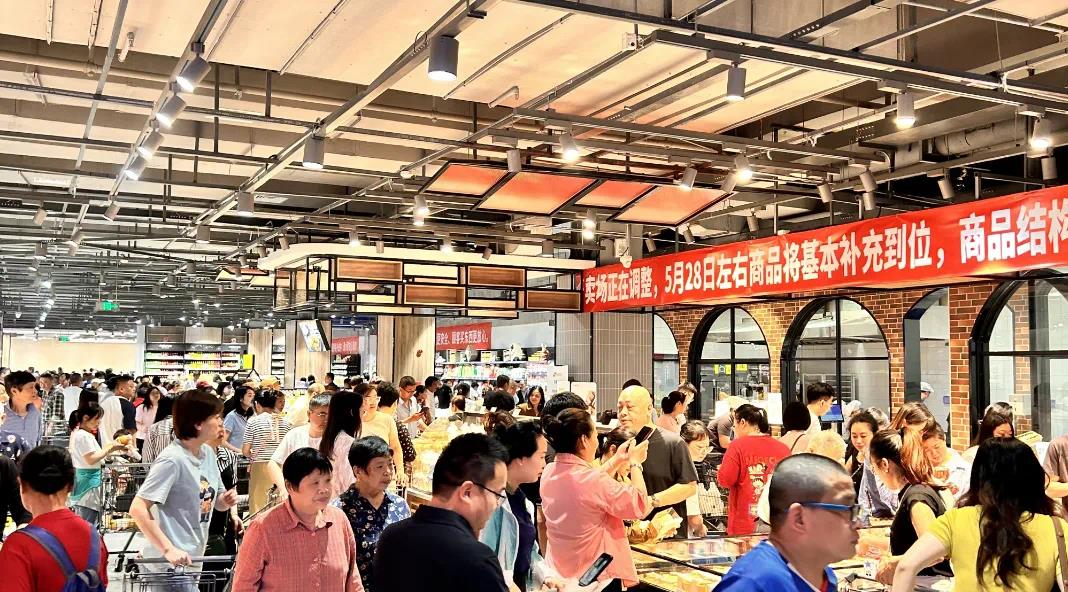
Source: BBK Supermarket WeChat WeChat official account
Is the adjustment really effective? Recently, BBK released a set of data: after more than 20 days of adjustment and reform, BBK Meixihu Supermarket has reached a peak of 1.4 million yuan from the original daily sales of 150,000 yuan and an average daily passenger flow of 2,000 people, and the store passenger flow has exceeded 15,000 people; After the adjustment, Jiuhua Store of BBK Supermarket sold 1.64 million yuan on the first day of opening. This adjustment and reform eliminated 70% of low-quality and low-price goods from the shelves. After the adjustment and supplement are in place, its product structure will reach 90% of that of Pangdonglai. At the same time, BBK Supermarket also announced that all stores in Hunan stopped all marketing activities and lowered the retail price of more than 3,000 commodities again. Judging from the news released by BBK official micro recently, it seems that "practicing the concept of coming from the fat east" has become the belief of the company, and the performance of turning losses into profits in the first quarter has also made the company see hope.
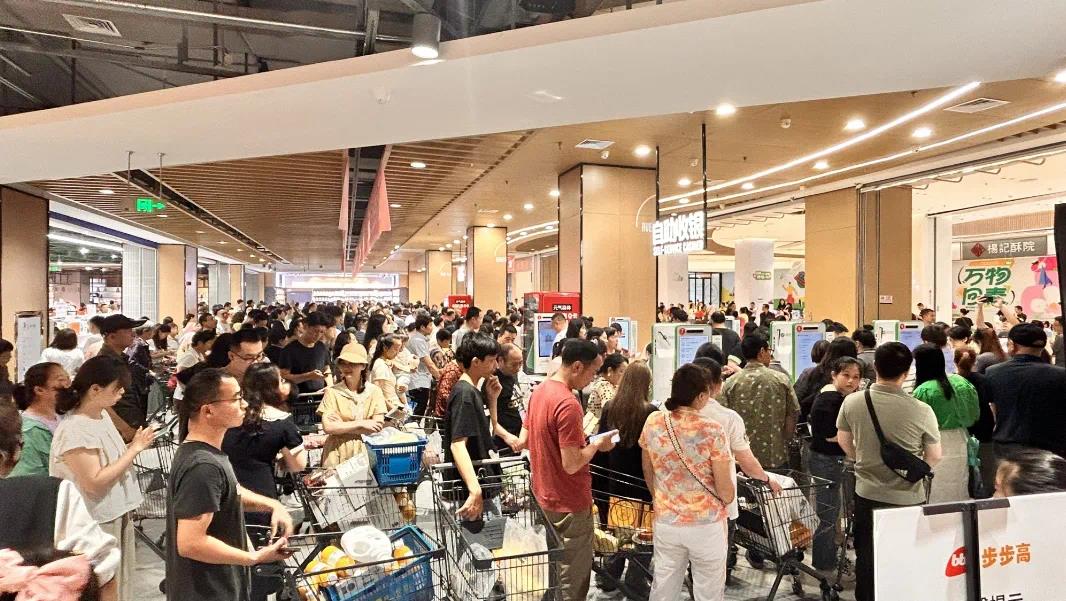
Source: BBK Supermarket WeChat WeChat official account
In addition to consulting the industry’s "military division", other supermarkets are also accelerating the adjustment and optimization of stores. At the end of 2023, in order to welcome the 40th anniversary of the company’s establishment, CR Vanguard launched eight cities and nine stores, which will be renewed and upgraded. CR Vanguard said that the company is implementing the upgrading measures of some stores in a planned way. In the next one to two years, the stores will continue to upgrade, and the integrated urban agglomeration of Beijing-Tianjin-Hebei, Greater Bay Area, Yangtze River Delta and Pearl River Delta will be clearly included in the follow-up development focus. The core of this upgrading plan is omni-channel layout and integrated operation, focusing on the value of single customers, focusing on accurate marketing of members and enhancing the consumer experience.
Idea 2: Transformation and upgrading
Yonghui Supermarket and BBK gradually reversed the trend in the process of adjustment and optimization. The loss of the former narrowed, while the latter turned losses into profits, and the "self-help" measures were effective in stages. On the basis of adjustment and optimization, can we take greater steps? Many brands tend to transform and upgrade on a large scale. CR Vanguard set its sights on the purchasing power of high-net-worth customers, and upgraded some stores that did not meet the new strategic positioning to "Olé" and "BLT" high-end supermarkets, and at the same time broadened the service radius of stores to meet the upgrading needs of consumers in business circles. In fact, CR Vanguard has been deeply involved in the field of boutique supermarkets for many years. This year marks the 20th anniversary of the establishment of the "Olé" brand, and the number of stores in China has exceeded 120. Olé’ s own brand has been extended to fruits and vegetables, aquatic products, meat, eggs and milk, baby care and household items, and nearly 500 products have been launched. However, as a sub-brand, "Blt" is losing momentum because its brand positioning and product structure are not "differentiated" from "Olé".
Compared with the layout in advance in CR Vanguard, more brands choose overweight boutique supermarkets in order to adapt to the changes in market structure, business model and consumption habits. In May 2023, the ——Green&Health Jade Bird Store, the first "big community+small warehouse" model store of Hangzhou Lianhua Chinese businessmen, opened; In November of the same year, the innovative format of Lianhua Supermarket-Century Lianhua CityLife high-end boutique supermarket Shanghai Gubei Store opened. Prior to this, Box Horse’s first high-end supermarket, Premier Black Label Store, also chose to open in Shanghai. Compared with warehouse-based member stores with relatively remote locations, most boutique supermarkets in the core business district are more likely to attract customers to the stores for consumption.
But does large traffic mean high customer orders? But not really. According to the real feelings of Yinshi Finance’s recent visit to boutique supermarkets, most boutique supermarkets have the actual situation of "more people loitering than buying" and "higher product unit price but lower transaction amount". Different consumer groups have obvious differences in their cognition of boutique supermarkets, and boutique supermarkets are not the first choice for most consumers. What determines the "admission" and "farewell" of boutique supermarkets? )
In order to improve the guest list and efficiency, in addition to boutique supermarkets, in the eyes of traditional supermarket brands, warehouse membership stores are also a new way. Heading for member stores is a new way for Gaoxin Retail to find for itself. In the recent fiscal year, Gaoxin Retail has opened 6 RT Mart (hypermarkets), 14 RT Mart Super (medium-sized supermarkets) and 3 M-member stores, with a total of 472 hypermarkets and 32 medium-sized supermarkets. In April 2023, the first M-member store opened in Yangzhou, Jiangsu Province. During the reporting period, the number of paid members has exceeded 60,000, and the total number of members has exceeded 110,000. As of March 31, 2024, the cumulative number of paid members in China was about 140,000, and the total number of members was nearly 240,000. The company has started the project of 4 M member stores, and plans to open 15 member stores within three years. However, as far as the scale and structure of the company’s existing stores are concerned, member stores still cannot become the main revenue force in the short term.
According to the data released by Ai Media Consulting, from 2012 to 2022, the scale of China warehousing membership supermarket industry has always remained above 20 billion yuan. In 2023, the scale of the industry reached 36.41 billion yuan, and it is expected to approach 40 billion yuan in 2024, which has great development space. In the field of warehouse-style member stores, Sam, Box Horse and Metro have accumulated a number of loyal users, and the head effect is gradually emerging. Other brands need to have more prominent supply chain advantages or form distinctive brand characteristics to get a share, and the competition will be further intensified. Take Nanjing as an example. At present, there are seven warehouse membership supermarkets such as Metro, Sam Member Store, Box Horse X Member Store and M Member Store, and Costco will be opened at the end of May. In the future, there will be more and more high-energy cities with multiple brand warehouse membership supermarkets like Nanjing.
The competition between the two new tracks is so fierce, is there any other way to solve the problem? Then try them all. In 2023, () chose to "bet" on new formats. The company successively launched new brands such as Yueji Snack Shop and Haohuixing Discount Store, and focused on promoting franchise business. In the first quarter of 2024, Jiajiayue opened 12 directly operated stores and added 8 franchised stores. Among them, snack shops, discount stores, convenience stores and other formats realized revenue of 53.5442 million yuan, up 46.66% year-on-year, and the growth momentum was obviously better than that of general supermarkets, rural supermarkets and other formats. At the same time, Jiajiayue chose to avoid the high-speed cities where high-quality supermarkets and warehouse member stores gather, and focused on developing markets in Shandong and its surrounding Inner Mongolia, Beijing, Hebei, northern Anhui and northern Jiangsu. Through the network layout of dense areas, urban and rural integration and multi-formats, it created a "quarter-hour" convenient life circle in sinking communities and township markets, and at the same time, it relied on stores to carry out online services such as home service and pick-up at stores, and also took over the business of "community group buying"
